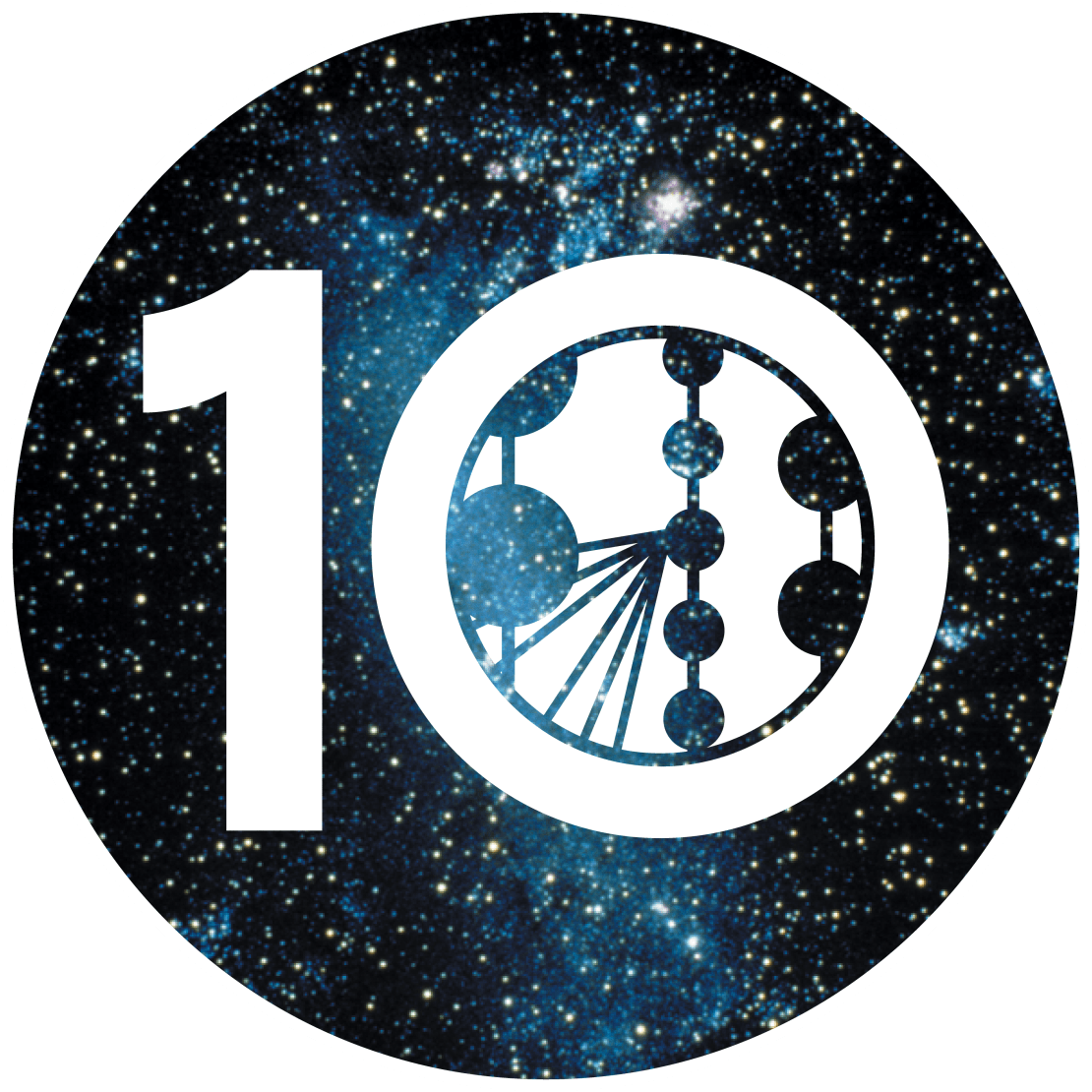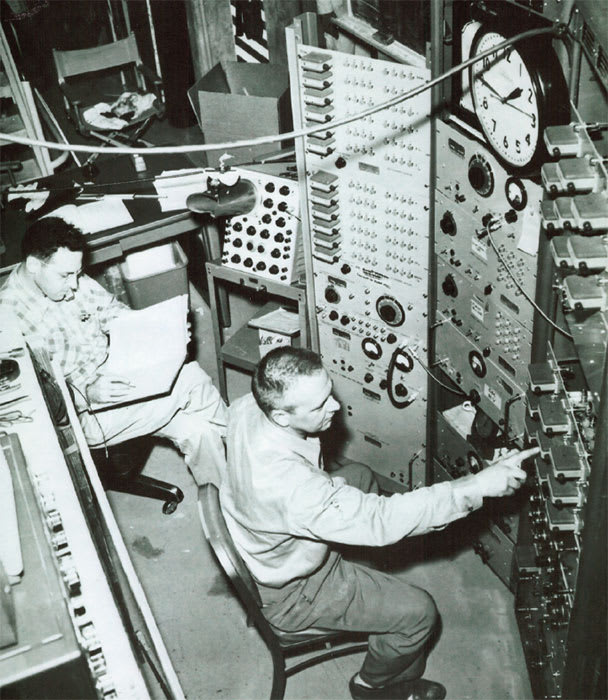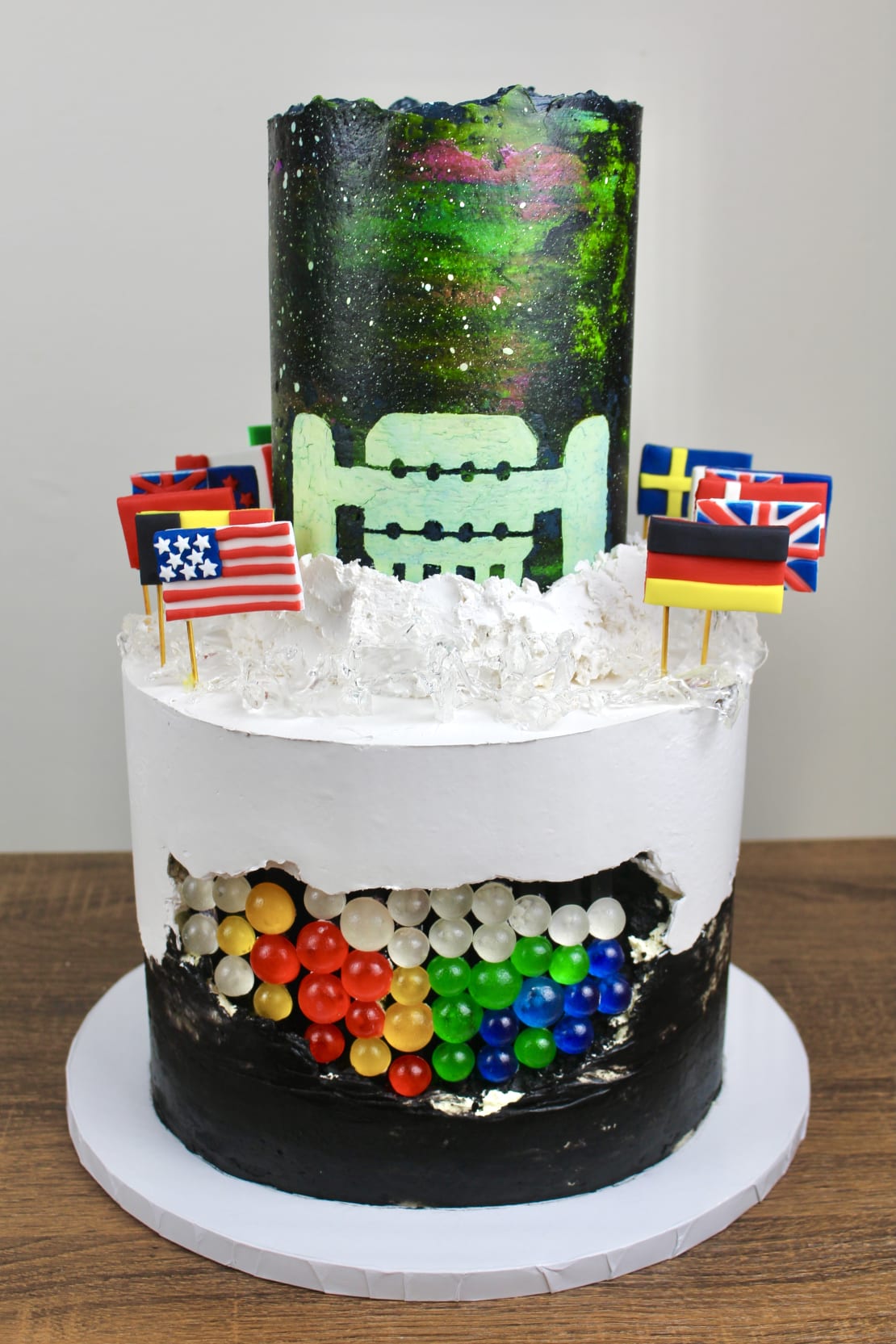IceCube began full operations on May 13, 2011—just over ten years ago—when the detector took its first set of data as a completed instrument. Since then, IceCube has been continuously watching the cosmos and collecting data.
During its first few years of operation, IceCube accumulated vast amounts of data, but it wasn’t until 2013 that the observatory yielded its first major results. That year, the collaboration announced the first evidence for neutrinos from outside our galaxy with the detection of two very energetic neutrino events and, soon after, the observation of 26 additional very high energy events. Subsequently, we’ve seen more astrophysical neutrinos and have made great strides in the fields of neutrino physics, astrophysics, and multimessenger astronomy. From pinpointing potential neutrino sources to the recent detection of a Glashow resonance event, IceCube has proven again and again the value of capturing perhaps the most elusive particles in the universe.
We hope to celebrate this milestone someday when we can physically be together again, but for now, enjoy some of our virtual resources on this page.

Read our press release

IceCards
We asked our collaborators to send us postcards from wherever they are in the world. The messages include favorite memories, fun stories, lessons learned, and more recollections from our long history as a collaboration.
View them all here.

Timeline
IceCube has been collecting data for 10 years now, but its construction started 17 years ago, and the original ideas for experiments to detect neutrinos in ice was put forth in 1960. Going even farther back, the fields of neutrino astronomy and neutrino physics got their starts nearly a century ago when the neutrino particle was first postulated.
We summarized this history—and everything in between—in a timeline of IceCube’s history. Check it out here!

The IceCube Cake
Since you can’t have a proper celebration without a cake, we made one! Check out this album to see all the intricate details of IceCube’s 10th anniversary cake, designed, baked, and decorated by UW–Madison graduate student Maria Prado.

